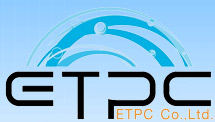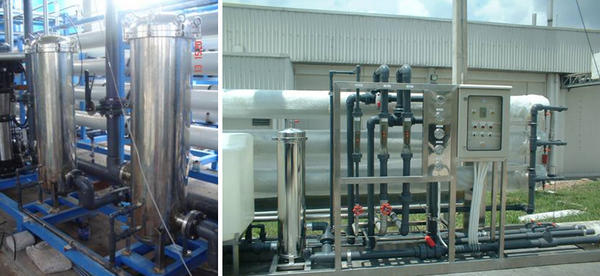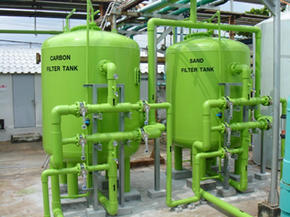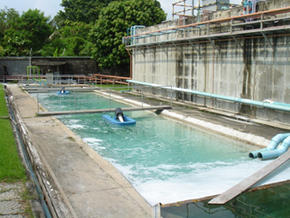Wastewater Treatment
ระบบบำบัดน้ำเสีย ระบบกำจัดไขมัน และน้ำมัน ระบบบำบัดน้ำเสียด้วยวิธีทางเคมี (Chemical Treatment System) ระบบบำบัดน้ำเสียด้วยวิธีทางชีวภาพ (Biological Treatment System)
Water Recycling
Water recycling is the process in which the waste water is physically, chemically and biologically treated in order to remove all the contaminants from water. There are various levels on which the contamination of the water can be removed. Like:
- If the treatment of water is done only using the physical or mechanical systems, it is termed as the Primary treatment of water.
- If the treatment of water is done using the biological means, it is termed as the Secondary treatment of water.
- If the treatment of water is done using chemical means along with the biological means, it is known as Advance Secondary treatment.
- Another method which is used for water treatment is known as Tertiary treatment. This is the method which is used to remove the traces of the dissolved solids and chemicals after the primary and secondary treatment.
Treatment of wastewater is actually a remarkably simple process that utilizes very basic physical, biological, and chemical principles to remove contaminants from water. Use of mechanical or physical systems to treat wastewater is generally referred to as primary treatment, and use of biological processes to provide further treatment is referred to as secondary treatment. Advanced secondary treatment usually involves applying chemical systems in addition to biological ones, such as injecting chlorine to disinfect the water. In most of the United States, wastewater receives both primary and secondary treatment. Tertiary treatment methods are sometimes used after primary and secondary treatment to remove traces of chemicals and dissolved solids. Tertiary treatment is expensive and not widely practiced except where necessary to remove industrial contaminants.
Physical Systems or Primary Treatment
Physical processes are the first step in the water recycling process. Raw sewage passes through bar screens which are simply metal rods immersed in the influent flow to separate large objects such as sticks and rags from the water. They are used to protect pumps and other rotating mechanisms further in the treatment process. After the water passes through bar screens, it enters a grit chamber. Here the influent flow is slowed so that sand and gravel simply fall to the bottom of the chamber. Primary clarifiers allow further slowing of the wastewater so that settleable organics precipitate to the bottom while fats, oils, and greases float to the top. These physical processes remove approximately half of the contaminants in wastewater.
Biological Systems or Secondary Treatment
Biological processes remove most of the rest of the contaminants. Water flows into aeration basins where oxygen is mixed with the water. Microorganisms consume the organic material as food, greatly reducing the BOD in the water. They convert non-settleable solids to settleable solids and are later themselves captured in final clarifiers, ending up in wastewater biosolids. Many operators of WRC s consider themselves "bug farmers", since they are in the business of growing and harvesting a healthy population of microorganisms. Since the process is biological, any chemical or substance harmful to life can interfere with the operation of a water recycling plant. This is why cities prohibit discharges of untreated industrial wastes to sewers and promote education among citizens regarding the harmful effects that dumping household chemicals. When the water recycling plant cannot operate properly because chemicals are killing the microorganisms, water reuse programs are jeopardized and the quality of water discharged to receiving streams is lowered.
Chemical Systems or Tertiary Treatment or Advanced
Water Treatment After the bugs do their work, chemical systems such as chlorine contact chambers are used to kill the remaining microorganisms not captured in final clarifiers. It is not desireable to have residual chlorine in the rivers and lakes, however, so often chlorine is then removed using sulfur dioxide (SO2). This protects the aquatic life in the receiving stream. Using and storing highly toxic chlorine gas poses risks, so many facilities are beginning to use ultraviolet radiation instead of chlorine to provide final disinfection of water. The point where treated water is discharged into a stream or body of water is called the outfall.
Solids Processing
The by-product of treated residues generated during the water recycling process are called biosolids. As a natural organic fertilizer and soil conditioner, biosolids provide a full complement of the essential nutrients and micronutrients necessary for healthy plant growth and can be used in agriculture (direct land application) or they can be made into compost for application on lawns, gardens, and trees.






